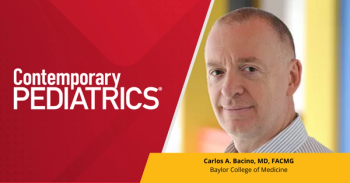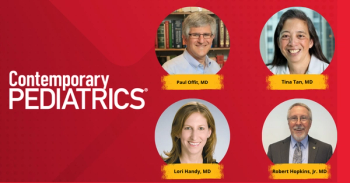
Are we overdiagnosing ADHD?
With the prevalence of, and prescriptions for, attention-deficit/hyperactivity disorder (ADHD) rising steeply in the past decade, experts are looking at whether current diagnostic practices and definitions are helping or hindering the situation.
With the prevalence of, and prescriptions for, attention-deficit/hyperactivity disorder (ADHD) rising steeply in the past decade, experts are looking at whether current diagnostic practices and definitions are helping or hindering the situation.
Researchers from Australia and the Netherlands note in a recent
They also point out that up to 86% of US children diagnosed with ADHD are described as having only a mild or moderate form of the disorder, yet no hard and fast definition for mild or moderate ADHD exists in the United Kingdom, in Australian or US guidelines, or in the Diagnostic and Statistical Manualof Mental Disorders, Fifth Edition: DSM-5.
The investigators say that fewer children would be diagnosed with ADHD if practitioners used the International Classification of Diseases definition, but that most health care providers use the DSM.
They note that part of the problem is that severity of ADHD criteria is subjective. In addition, longitudinal data on the prognosis and effects of treatment are limited, and no one wants to reduce the threshold for diagnosing ADHD if it means devaluing the diagnosis in patients with serious problems.
Although severe cases of ADHD are generally easy to diagnosis, those of a mild to moderate nature-the bulk of the cases-can be difficult, the researchers say. To reduce the risk of overdiagnosis without risking undertreatment of those who really need help, the researchers suggest a conservative, stepped diagnostic approach, similar to that recommended by UK guidelines, that advocates a watchful waiting period of 10 weeks, referral of parents to a parent training program, and then referral of the child to secondary care if symptoms persist. In addition, they propose 5 steps of care before definitively diagnosing ADHD.
The
To get weekly clinical advice for today's pediatrician,
Newsletter
Access practical, evidence-based guidance to support better care for our youngest patients. Join our email list for the latest clinical updates.








